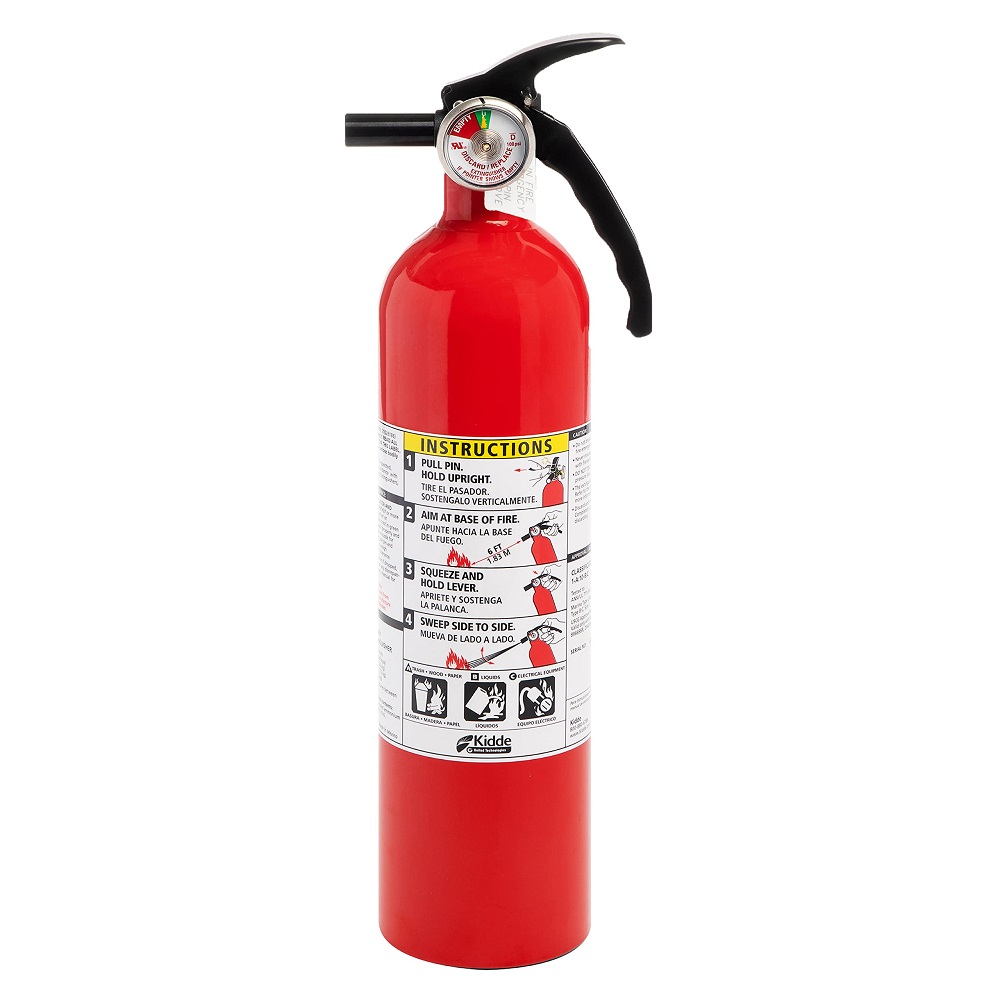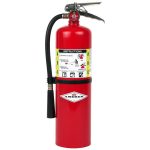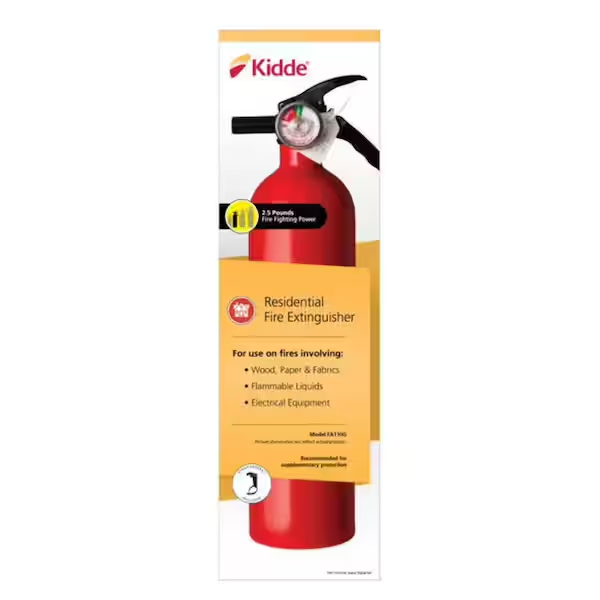In an emergency, having the right fire extinguisher at home can make all the difference. Fires can ignite suddenly, and when they do, every second counts. Choosing a fire extinguisher tailored to your household’s needs can enhance safety and potentially save lives. This practical guide walks you through the essential features to consider when selecting the best fire extinguisher for your home while providing insights into types, ratings, and maintenance.
Understanding Fire Types and Extinguisher Ratings
Classifications of Fires
Before choosing a fire extinguisher, it’s vital to understand the various types of fires you might encounter in your home. Fires are classified into categories based on the materials that ignite them:
- Class A: These fires involve ordinary combustibles like wood, paper, and textiles.
- Class B: These fires stem from flammable liquids such as oils, gasoline, and solvents.
- Class C: These fires involve electrical equipment, including appliances and wiring.
- Class D: Fires involving combustible metals, which are less common in standard households.
- Class K: These fires occur in commercial kitchens and involve cooking oils and fats.
Understanding these categories helps you determine which type of extinguisher is best suited for your specific environment. For a typical household, Class A, B, and C fire extinguishers are the most applicable due to the common materials and appliances involved.
Fire Extinguisher Ratings
Fire extinguishers have ratings that indicate their effectiveness against specific types of fires. Ratings consist of a letter followed by a number. For example, a fire extinguisher rated “2A:10B:C” indicates:
- 2A: Suitable for combating fires involving ordinary combustibles (Class A) and is effective for a small fire.
- 10B: Suitable for larger flammable liquid fires.
- C: Safe to use on electrical fires.
When selecting a fire extinguisher for your home, choosing one with a combination of ratings ensures that you’re prepared for various types of fire incidents.
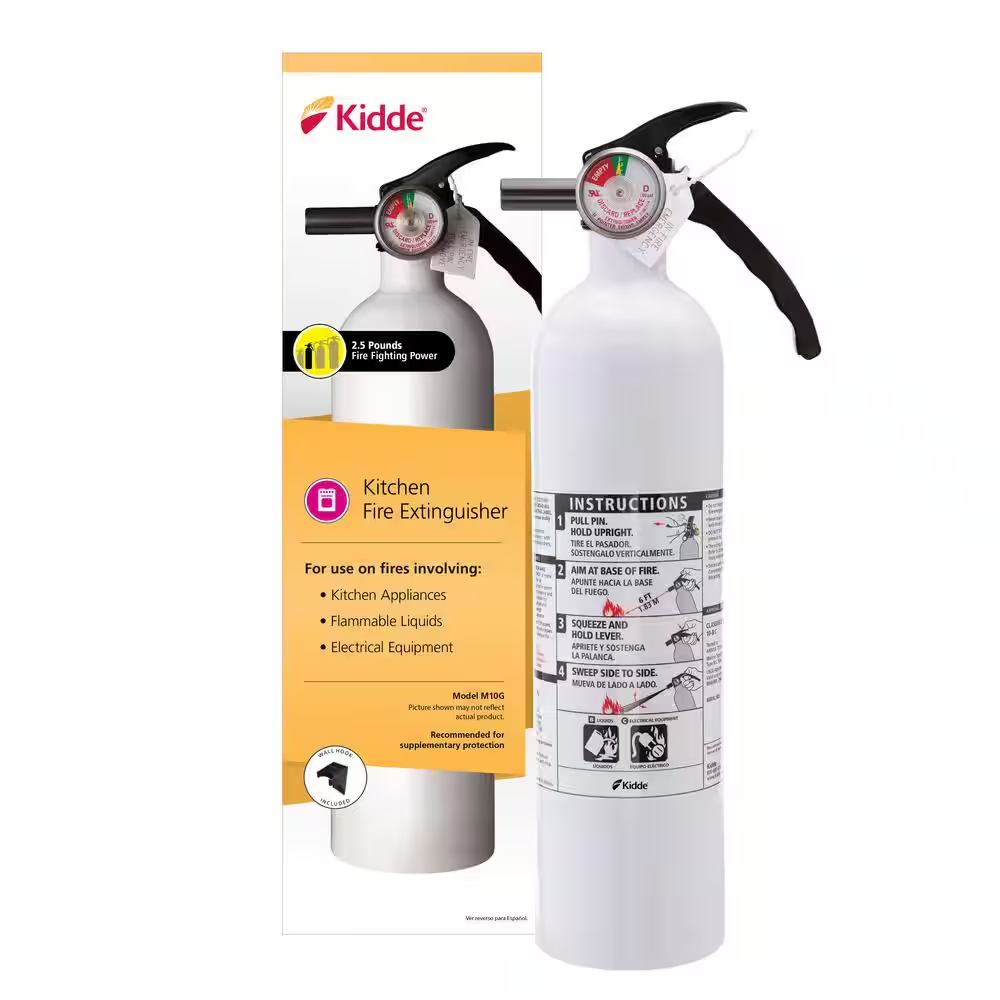
Size and Capacity of the Extinguisher
Choosing the Right Size
Fire extinguishers come in various sizes, and choosing the right size is important. Smaller extinguishers (2 to 5 pounds) are easy to handle and suitable for small kitchens or rooms. However, they may run out quickly on larger fires. On the other hand, larger extinguishers (10 to 20 pounds) contain more extinguishing agent and are better suited for areas where fires may start to spread rapidly.
Consider Your Space
Think about the areas in your home where fires are most likely to occur. Kitchens often need larger extinguishers due to the potential for grease fires (Class K). In contrast, bedrooms or offices may benefit from smaller, easily accessible models. The placement of your fire extinguishers should prioritize proximity to potential fire sources while also being easily reachable in an emergency.
Common Extinguisher Types
Water-Based Extinguishers
Water-based fire extinguishers are primarily effective against Class A fires. They work by cooling the burning material below its ignition temperature. While these extinguishers are affordable and straightforward to use, they are not suitable for Class B and C fires due to the risk of spreading flames from flammable liquids or electrical equipment.
Foam Extinguishers
Foam extinguishers can combat both Class A and B fires. They work by smothering the flames and preventing re-ignition. Their versatility makes foam extinguishers a solid choice for homes, especially where both combustibles and flammable liquids are present.
Dry Powder Extinguishers
Dry powder extinguishers are effective against Class A, B, C, and even some Class D fires. They work by interrupting the chemical reaction of the fire. Good options for homes with multiple fire risks, dry powder extinguishers can be excellent all-rounders.
CO2 Extinguishers
Carbon dioxide (CO2) extinguishers are primarily suitable for Class B and C fires. They work by displacing oxygen and cooling the flame. CO2 extinguishers leave no residue, making them ideal for areas with sensitive electronics, like home offices or entertainment systems. However, they are less effective against Class A fires.
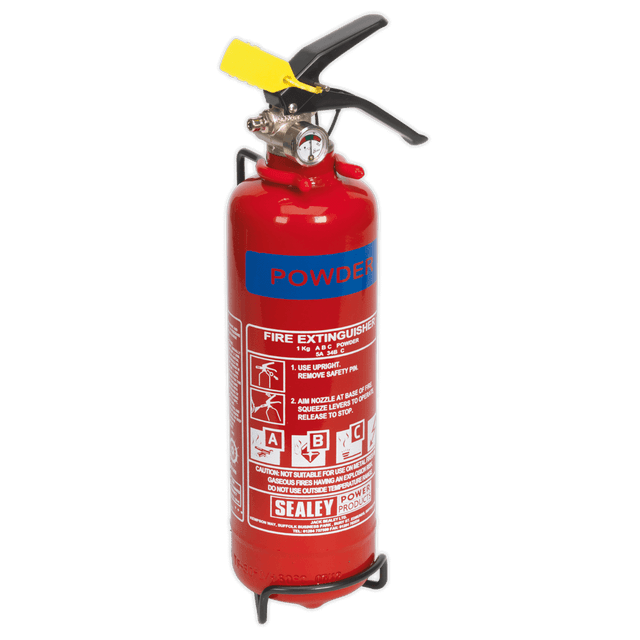
Ease of Use
User-Friendly Design
When an emergency arises, time is of the essence. A fire extinguisher should be easy to operate, even for those with little experience. Check for extinguishers with simple pull-pin mechanisms and clear instructions. The acronym “PASS” helps remember how to operate an extinguisher:
- Pull the pin.
- Aim low at the base of the fire.
- Squeeze the handle to release the agent.
- Sweep from side to side.
Choosing an extinguisher that intuitively follows these steps ensures quick action when you need it the most.
Weight Considerations
The weight of the extinguisher affects its usability. Heavier models might pack more extinguishing agent, but they can be cumbersome, especially for those who may struggle with mobility. Ensure that everyone in your household can comfortably lift and operate the extinguisher.
Durability and Maintenance
Checking for Quality
Investing in a fire extinguisher from a reputable brand often means better durability and reliability. Look for units made from sturdy materials that can withstand wear and tear, such as an aluminum body or durable plastic casing. Some extinguishers even feature pressure gauges that indicate their readiness for use.
Regular Maintenance
To ensure your fire extinguisher remains in good working order, regular maintenance is crucial. Perform a visual inspection monthly, checking for damage, leaks, and the pressure gauge reading. Most manufacturers recommend a professional inspection every one or two years.
Additionally, extinguishers have a shelf life. While many can last for up to 12 years with proper care, it’s essential to replace older models to ensure they work when needed. Be aware of your fire extinguisher’s expiration date, and plan for replacement as necessary.
Pricing and Value
Understanding Costs
Fire extinguisher prices can vary widely based on capacity, type, and brand. Basic models can start as low as $15, while more advanced extinguishers can exceed $100. While it may be tempting to choose the cheapest option, consider the long-term value of investing in a more reliable and versatile model.
Evaluating Features vs. Price
When evaluating a fire extinguisher’s value, weigh its features against the price. An extinguisher designed for multiple fire classes may cost more up front but offers better protection. Also, consider the manufacturer’s warranty and customer service reputation, as these can add value to your investment.
Ultimately, the safety of your home and family is worth the expense. Investing in quality fire extinguishers pays off by providing peace of mind and effective response during emergencies.
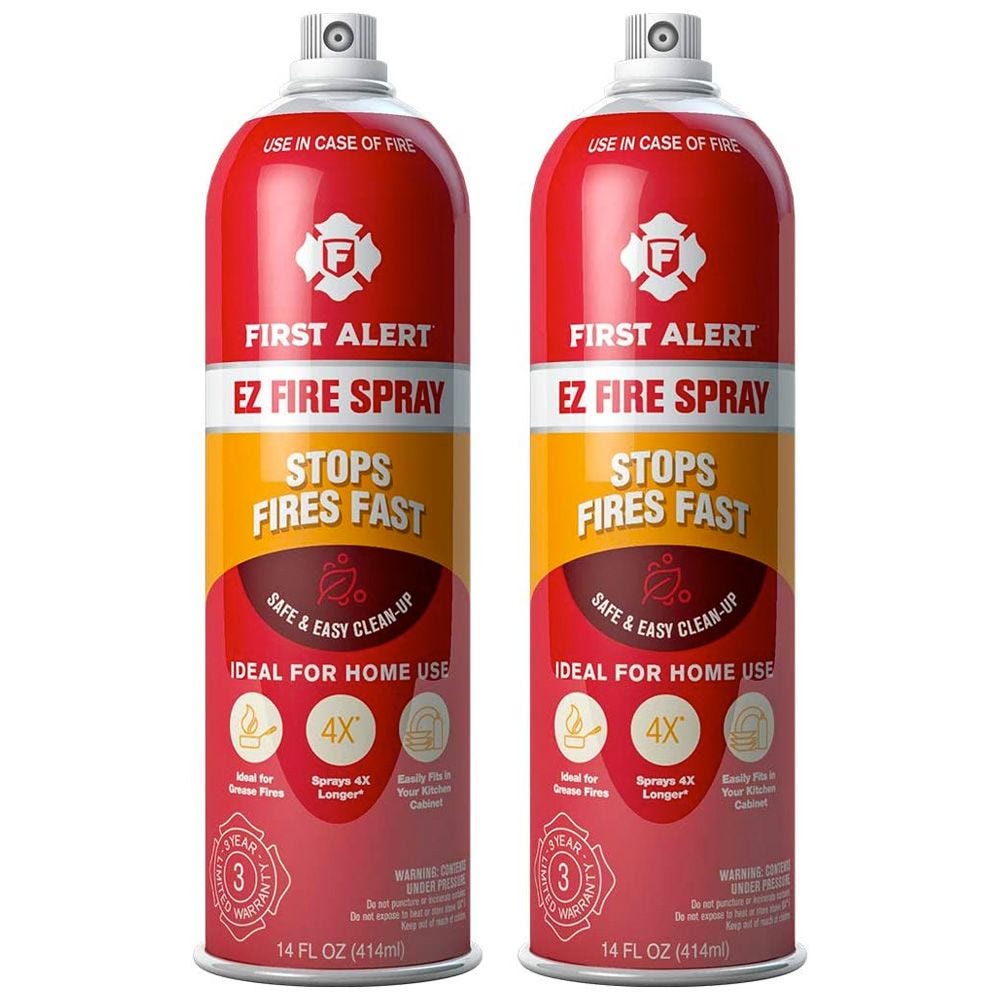
Making the Right Choice for Your Home
Selecting the best fire extinguisher for your home requires careful consideration of various factors. Understanding the types of fires you may face, the size and capacity of the extinguisher, and the features that enhance usability are all crucial elements in your decision-making process.
Evaluate the available options and assess how each type meets your household needs. Take the time to ensure that every household member knows the locations of these extinguishers and how to operate them effectively. Regular maintenance checks and timely replacements will also ensure preparedness for any emergency.
By making informed choices, you can enhance your home’s safety and protect your loved ones from the potential devastation of fire. In an emergency situation, having a reliable fire extinguisher could be the difference between a minor incident and a significant disaster. Equip your home with the right tools and knowledge to respond swiftly, ensuring the safety of your environment and peace of mind.
